
A question I get asked rather frequently in scholarly (and laypeople’s) circles is why do you do research on the politics and governance of wastewater?” The notion of what happens to water after anthropogenic activities have changed its properties (read: after we have polluted it) seems foreign to many individuals, even scholars immersed in the social science of water. This is, as Jaimie Benidickson has mentioned, very much the ‘culture of flushing‘.
Wastewater has been a major focus of environmental engineering research. Studies that focus on impacts of industrial and urban effluent use on agriculture and the potential for waterborne diseases have also been relatively popular. Yet, social sciences’ scholars seem to think of water primarily in scarcity/access terms (e.g. drinking water) rather than in terms of water quality and use (i.e. wastewater). This isn’t a new phenomenon. Common-pool-resources (CPR) theory and neo-institutionalism are both apt bodies of literature that can be well used to explore questions of water scarcity. Yet few folks focus on the governance of wastewater as I do.
Much like talking about wastewater, talking about toilets is also rather taboo. The discomfort that “talking about shit” brings along is not foreign to me either. I was a young undergraduate chemical engineering student when I first started working on designing municipal wastewater treatment plants (at bench-scale and industrial scale). These aerobic, activated-sludge effluent treatment processes were very effective in processing (you guessed it) urban/residential wastewater. But in sampling urban wastewater to process, I was able to witness the broad-ranging variation in sanitation infrastructure within the urban area where I was living, and the negative impacts that inadequate sanitation facilities had on local, vulnerable communities. As I have moved forward to do research on the governance of wastewater, these images have stayed imprinted in me and have shaped my body of research work.
Yet the sanitation infrastructure we have in major urban centres (I live in Vancouver, British Columbia) is not by any stretch of the imagination equal to what others have in developing countries. According to the latest UNICEF-WHO WASH report 2.5 billion people do not use improved sanitation. The sad news is that even if we met the Millenium Development Goals (MDG), there will still be 1.7 billion people without access to basic sanitation. While the proportion of the world population that practises open defecation declined from 25% in 1990 to 17% in 2008, 1.1 billion people still defecate in the open. We do not have enough infrastructure for human waste disposal. In plain English, not enough toilets.
Thus the relevance of World Toilet Day. From their website:
World Toilet Organization created WTD to raise global awareness of the struggle 2.6 billion face every day without access to proper, clean sanitation.WTD also brings to the forefront the health, emotional and psychological consequences the poor endure as a result of inadequate sanitation.
While the activities planned by World Toilet Day are light-hearted in nature, I strongly believe that the main message is relevant. Consider how lucky we are to have improved sanitation facilities and almost-universal access to toilets in urban areas, and consider donating to charities that work to build sanitary facilities in developing nations. On November 19th, think about this.

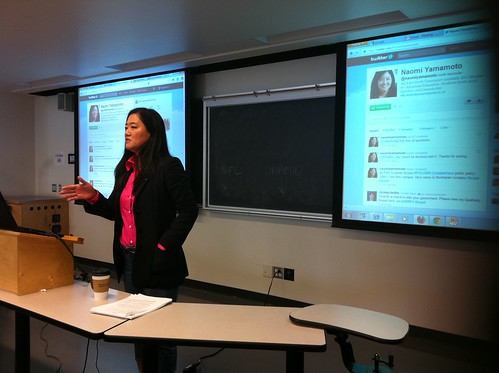

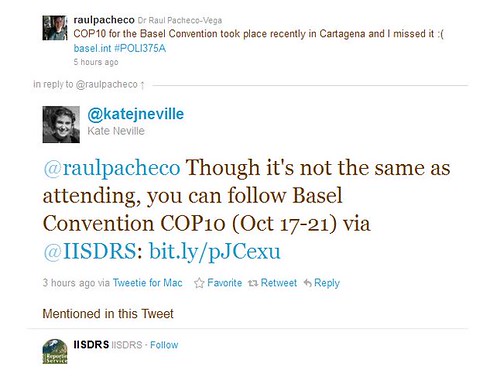
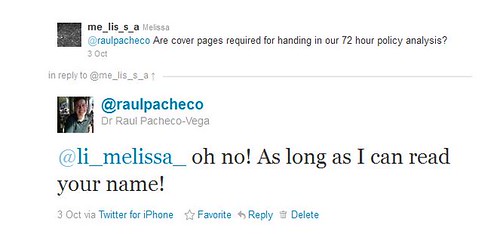
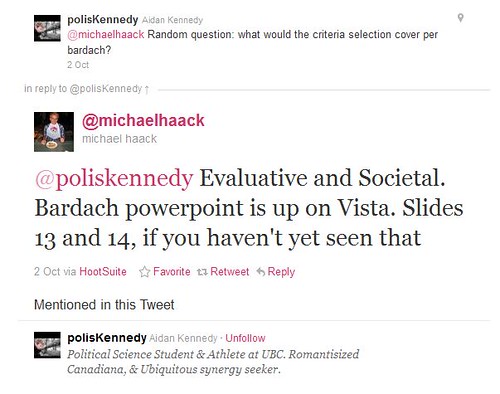
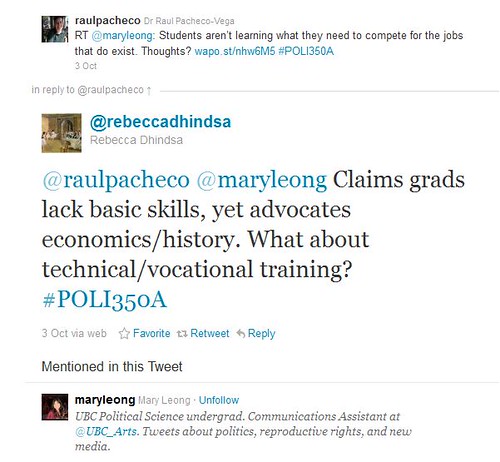
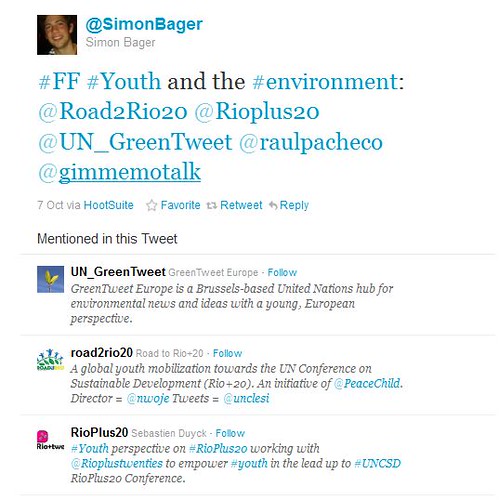
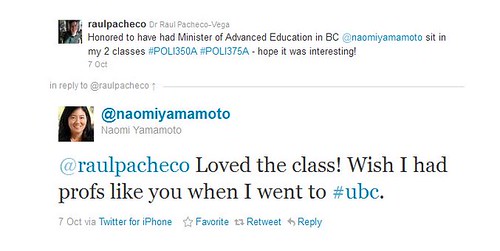


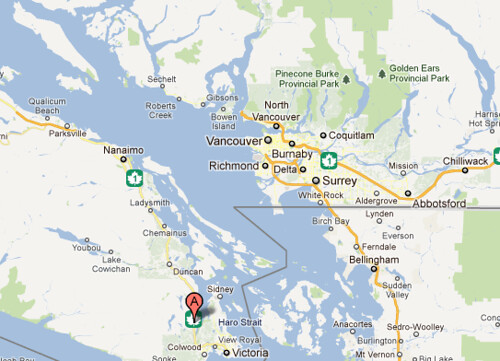


Recent Comments